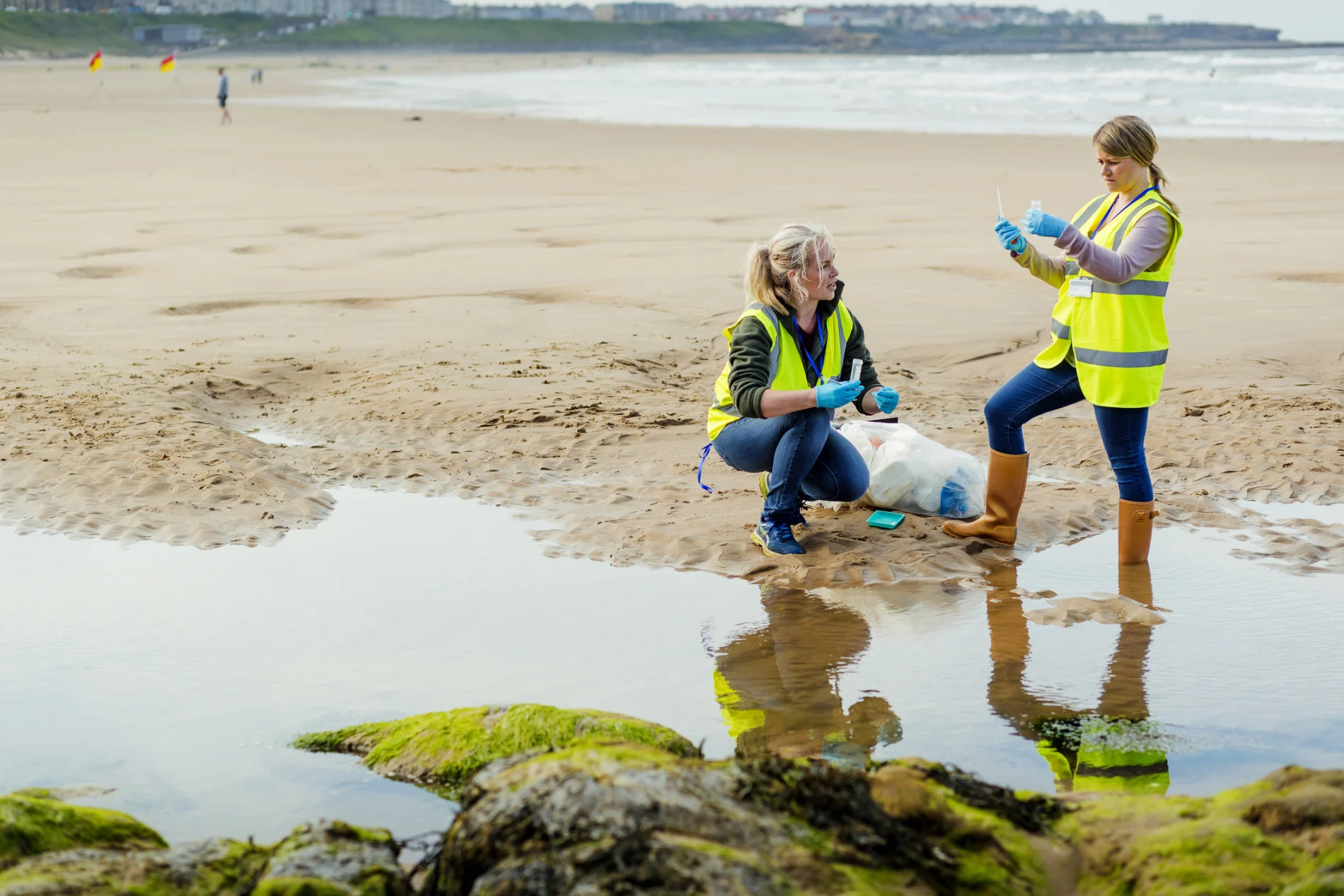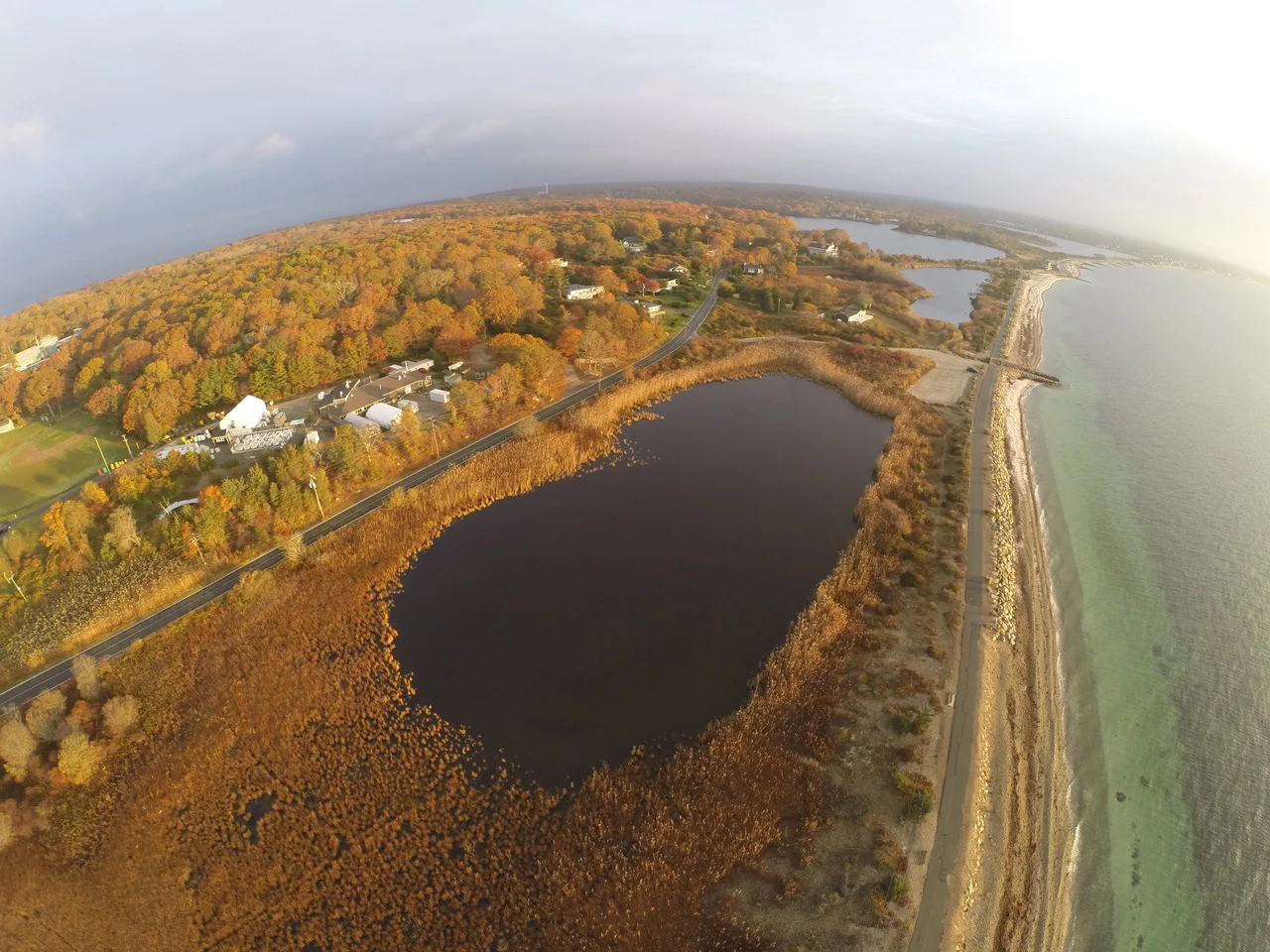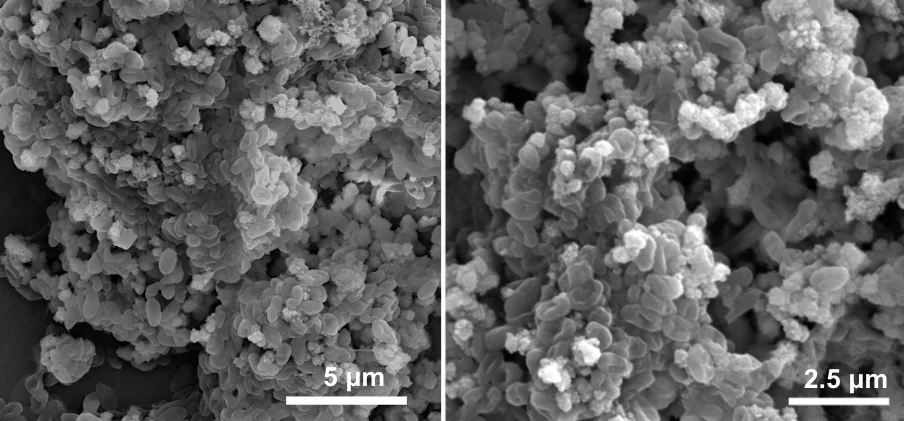
Electricity-eating bacteria could help oceans absorb more carbon, study finds
Scientists have discovered that a common oceanic microbe has ‘electricity-eating’ capabilities and could help remove carbon from the atmosphere.
Oceans are one of the biggest carbon sinks on Earth and their ability to capture carbon dioxide helps curb the impacts from the staggering levels of pollution that we release.
Carbon dioxide dissolves into the oceans as its concentration in the atmosphere increases. Despite the oceans’ seemingly endless expanse, the impacts from growing greenhouse gas emissions is causing oceans to become warmer and more acidic, which is harming marine life and aquatic biodiversity levels.
Experts are searching for solutions that can leverage nature’s abilities to remove carbon from the atmosphere, and researchers from Washington University in St. Louis have discovered a new behaviour in a common marine bacteria that could boost the amount of carbon dioxide that oceans are absorbing.
The bacteria (Rhodovulum sulfidophilum) were found in an estuary in Woods Hole, Massachusetts and the scientists observed them “eating” electricity, a process that researchers previously believed to only be conducted by freshwater bacteria.

The bacteria were found in the Trunk River estuary in Cape Cod, Massachusetts. (Sandra Brosnahan, Woods Hole Coastal and Marine Science Center/USGS)
“These microbes are fixing and sequestering carbon dioxide and they can both ‘eat’ electricity and perform photoferrotrophy,” Arpita Bose, assistant professor of biology at Washington University in St. Louis, said in the university’s press release.
Bose explains that these microbes use iron to conduct photosynthesis, a process that can only be done if the organisms have a source of carbon dioxide.
“Photoferrotrophs use soluble iron as an electron source for photosynthesis while fixing carbon dioxide. Marine environments are great places for them because they are rich in many things they need,” said Bose.
“We are interested in these microbes because of their role in carbon sequestration. Perhaps these microbes can be important for combating climate change.”

Microscopic images of Rhodovulum sulfidophilum. (Bose Laboratory)
Fifteen different strains of the Rhodovulum sulfidophilum bacteria were found with the capability of consuming electricity and they are all capable of living in various marine ecosystems. The bacteria live in marine sediments, which the researchers’ study says is the “single largest ecosystem on Earth’s surface in spatial coverage.”
Given their ability to thrive in many different environments, the researchers say that they will continue studying the potential for using this bacteria in carbon storage, carbon capture, biotechnology, and other applications that could increase the oceans capacity and resilience as a carbon sink in a warming world.











